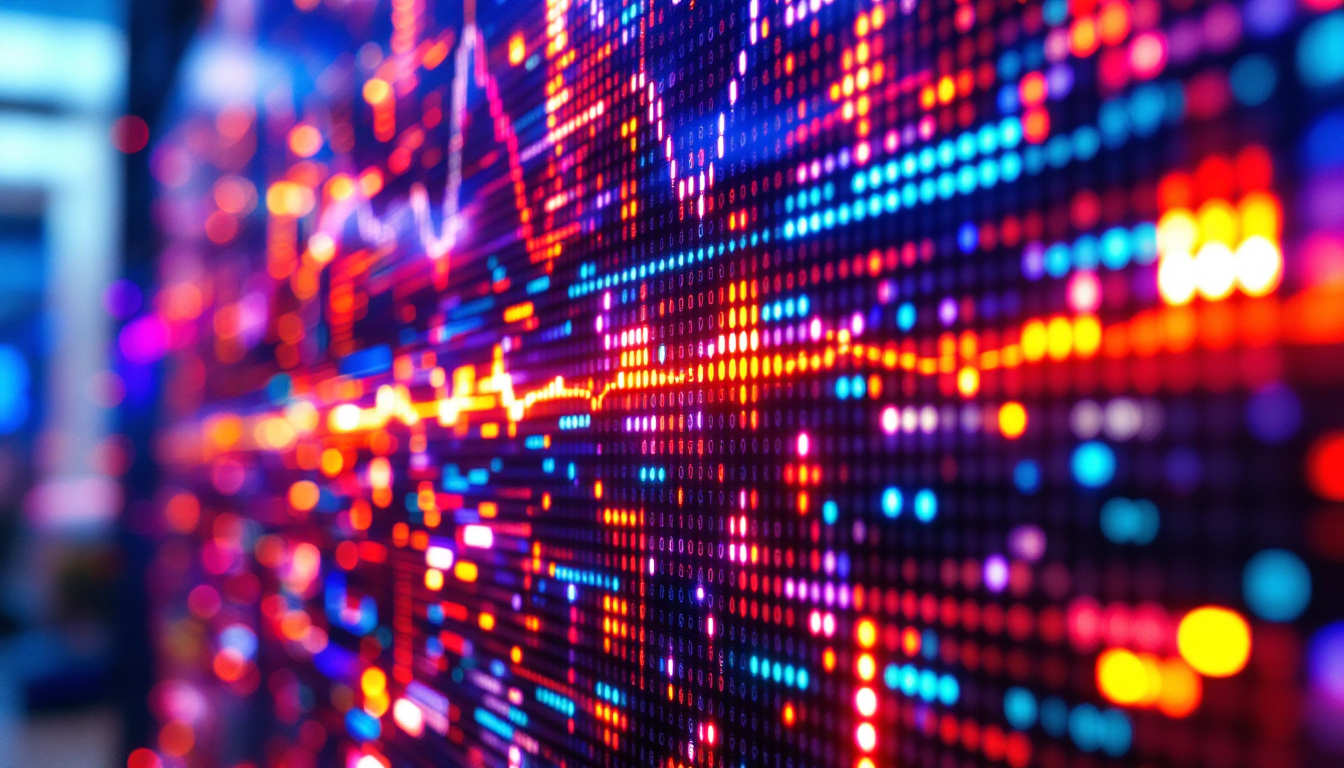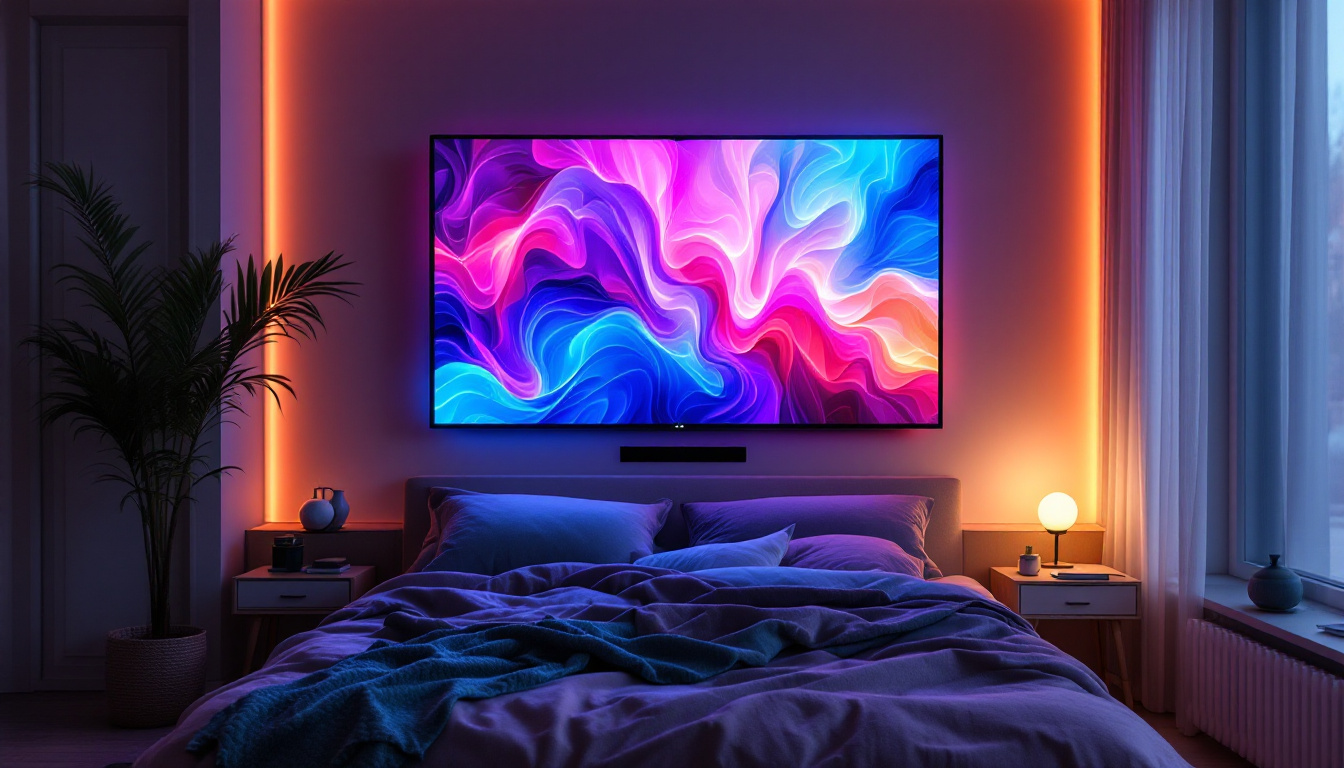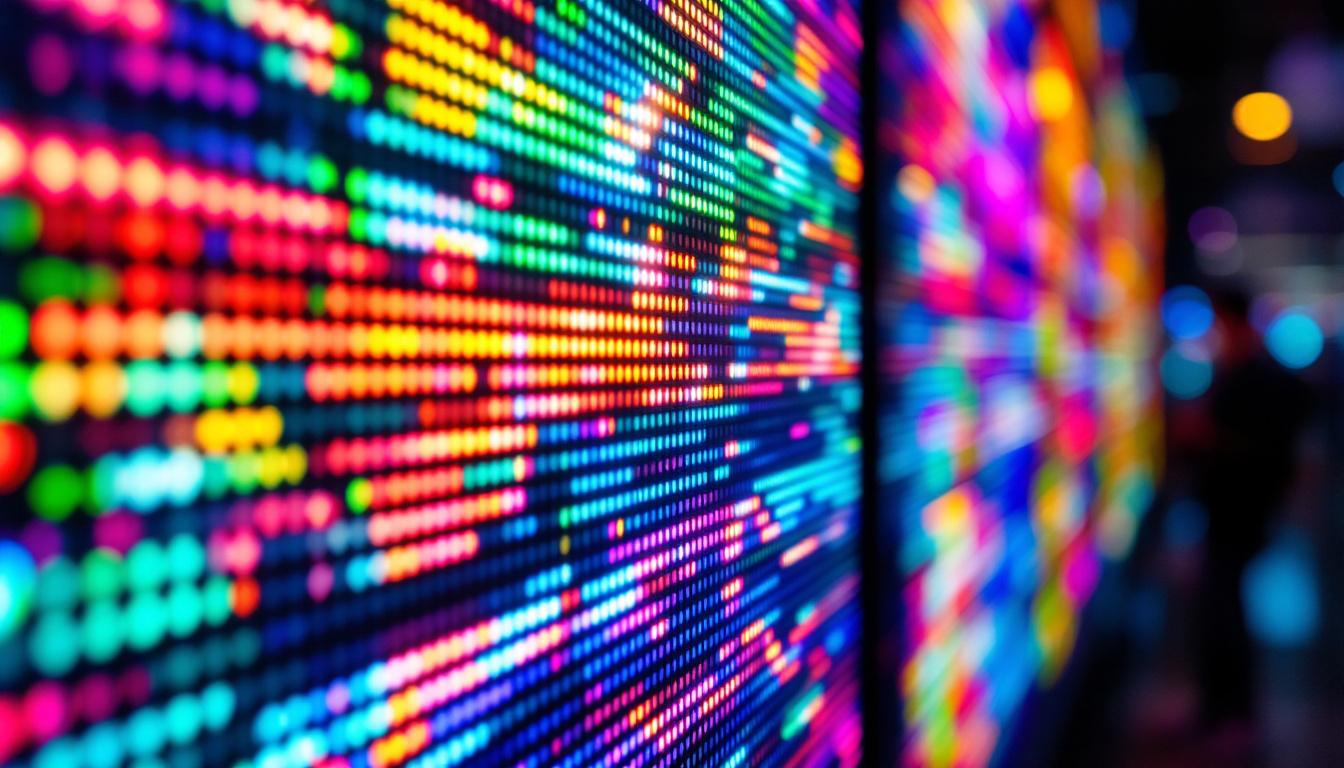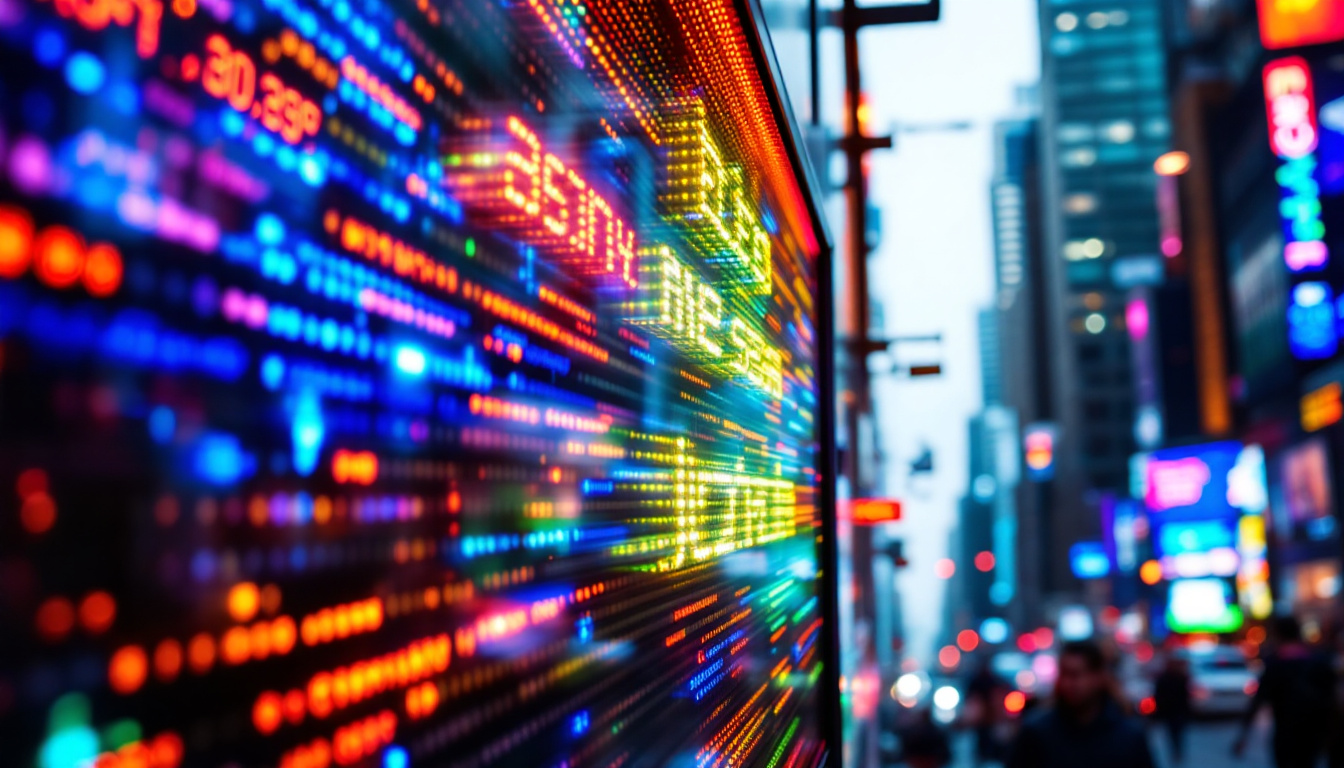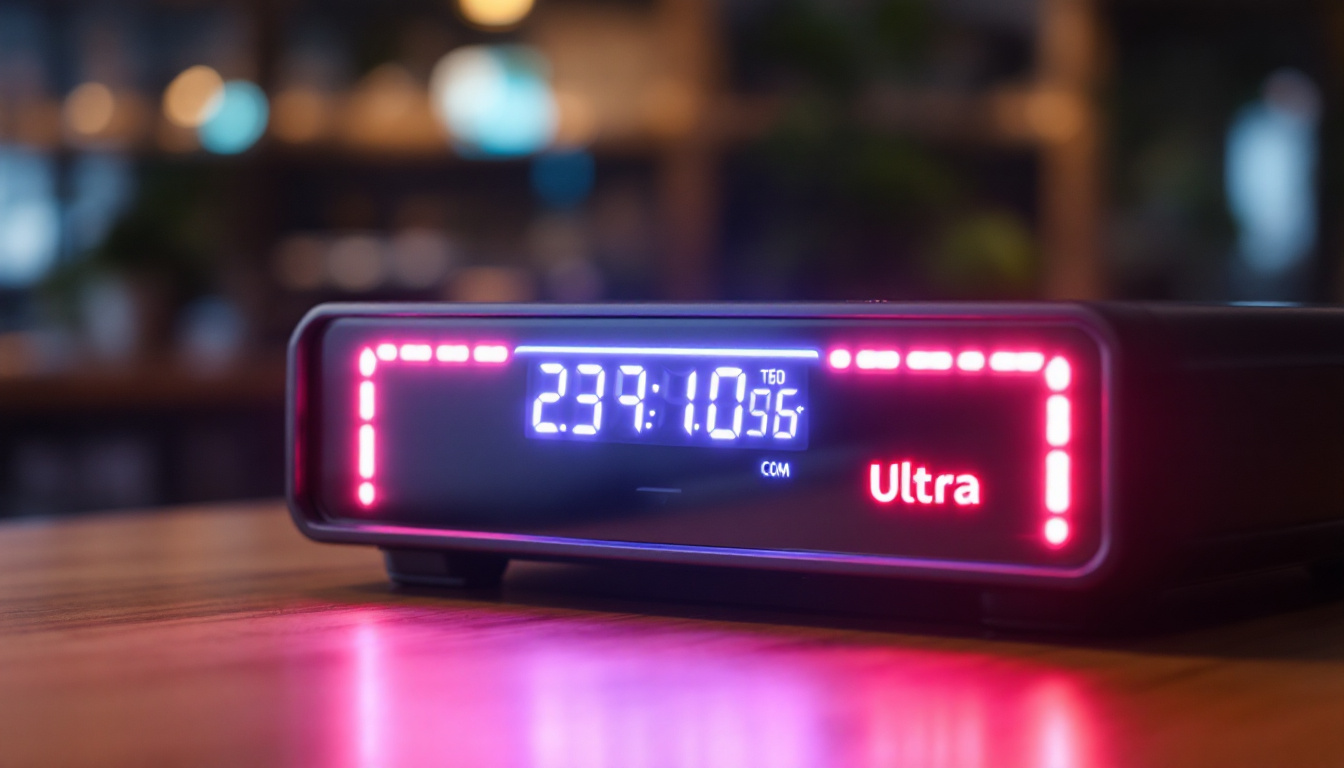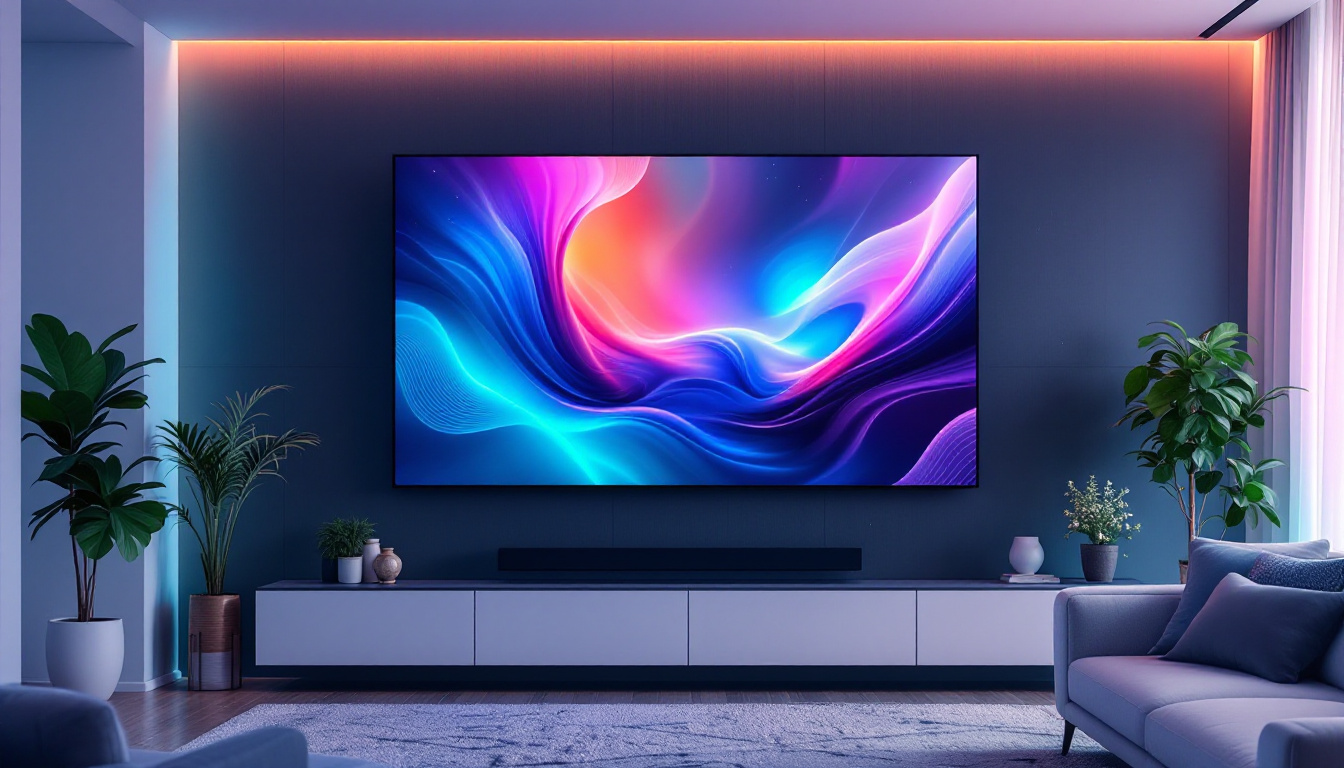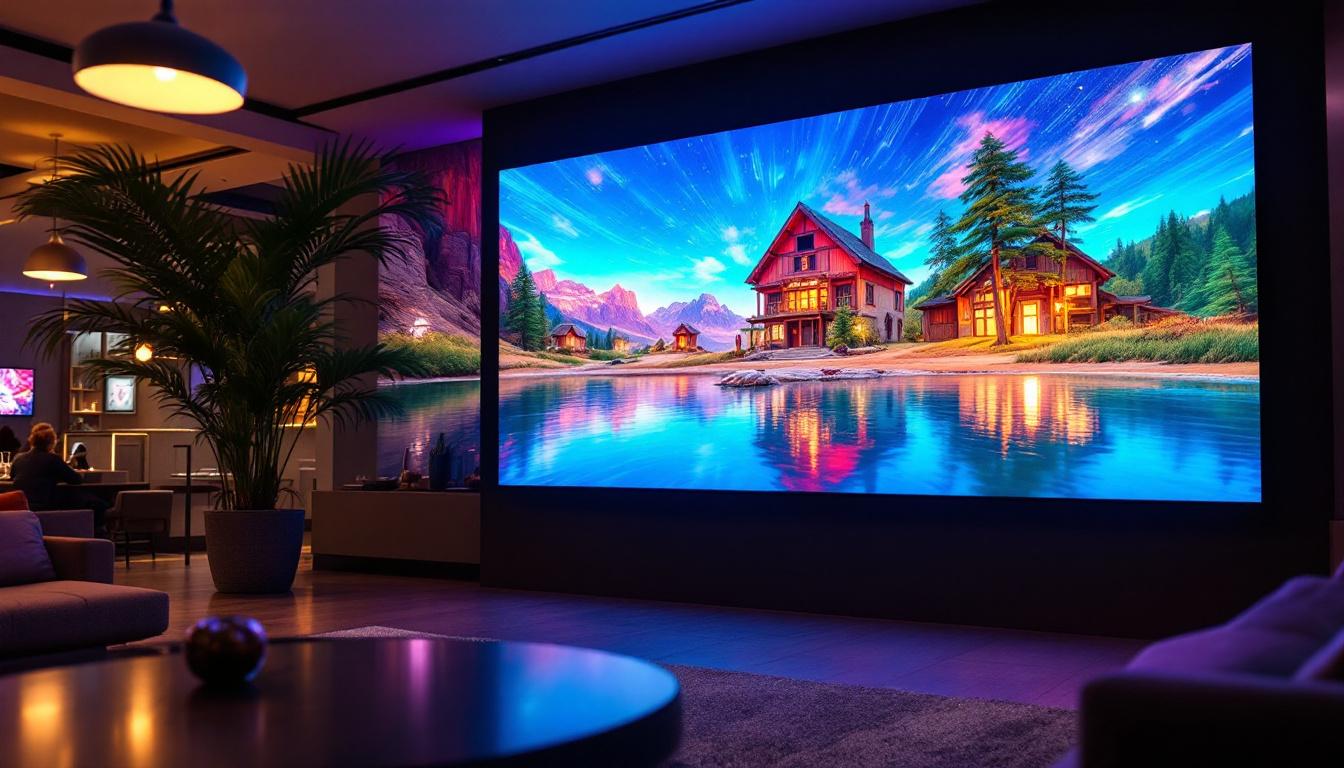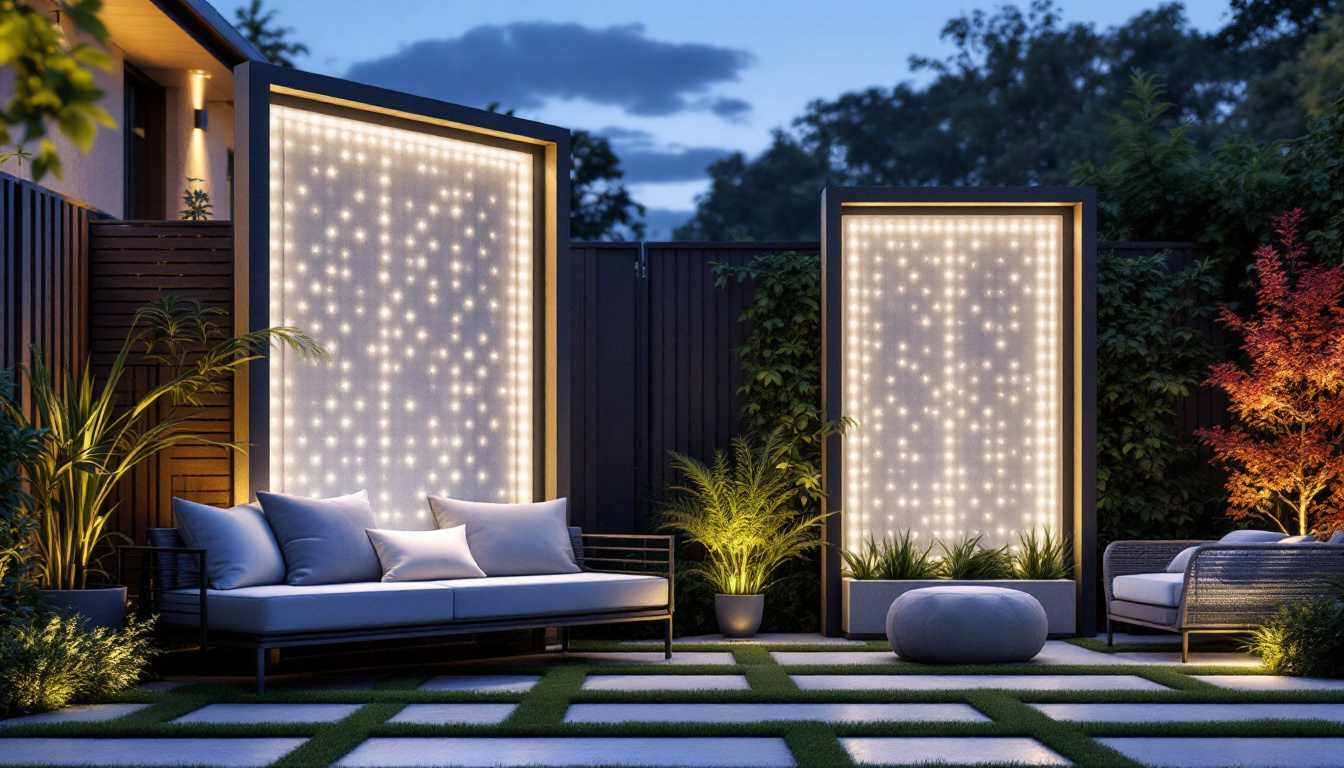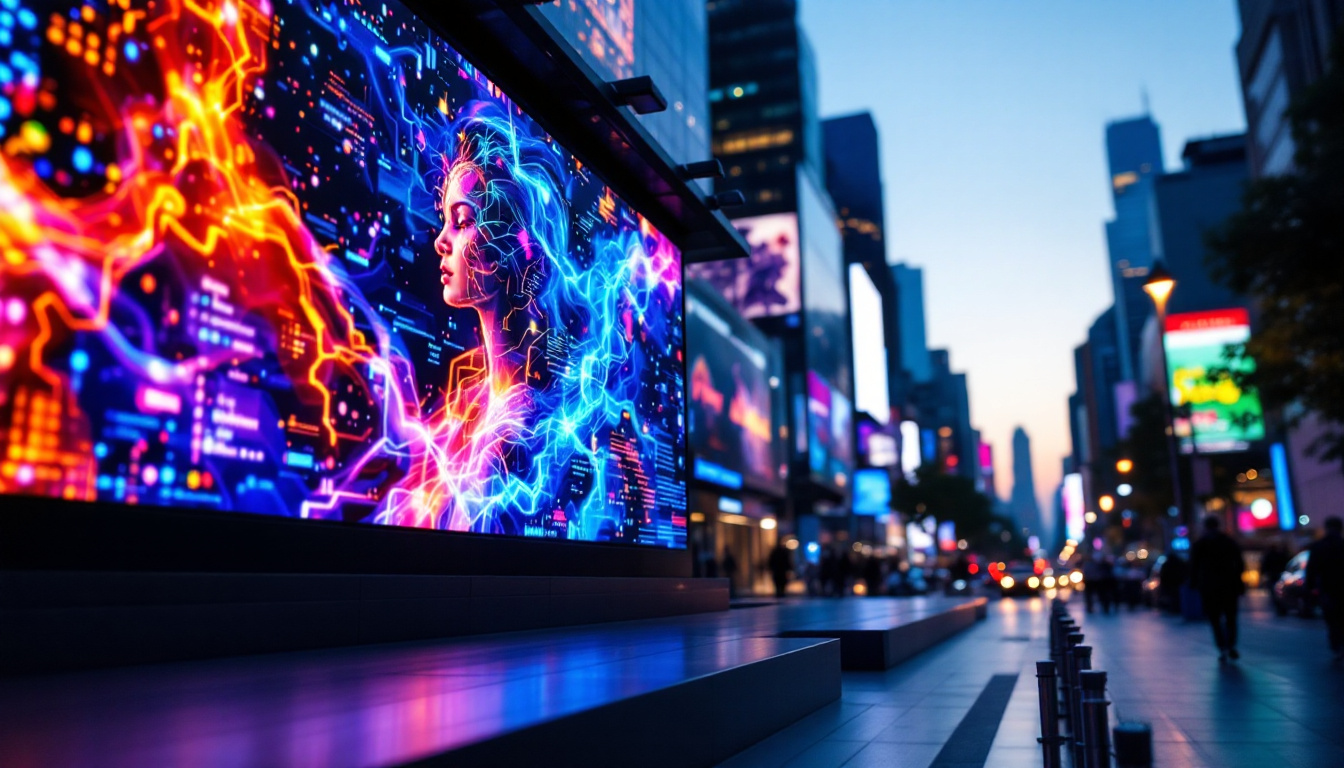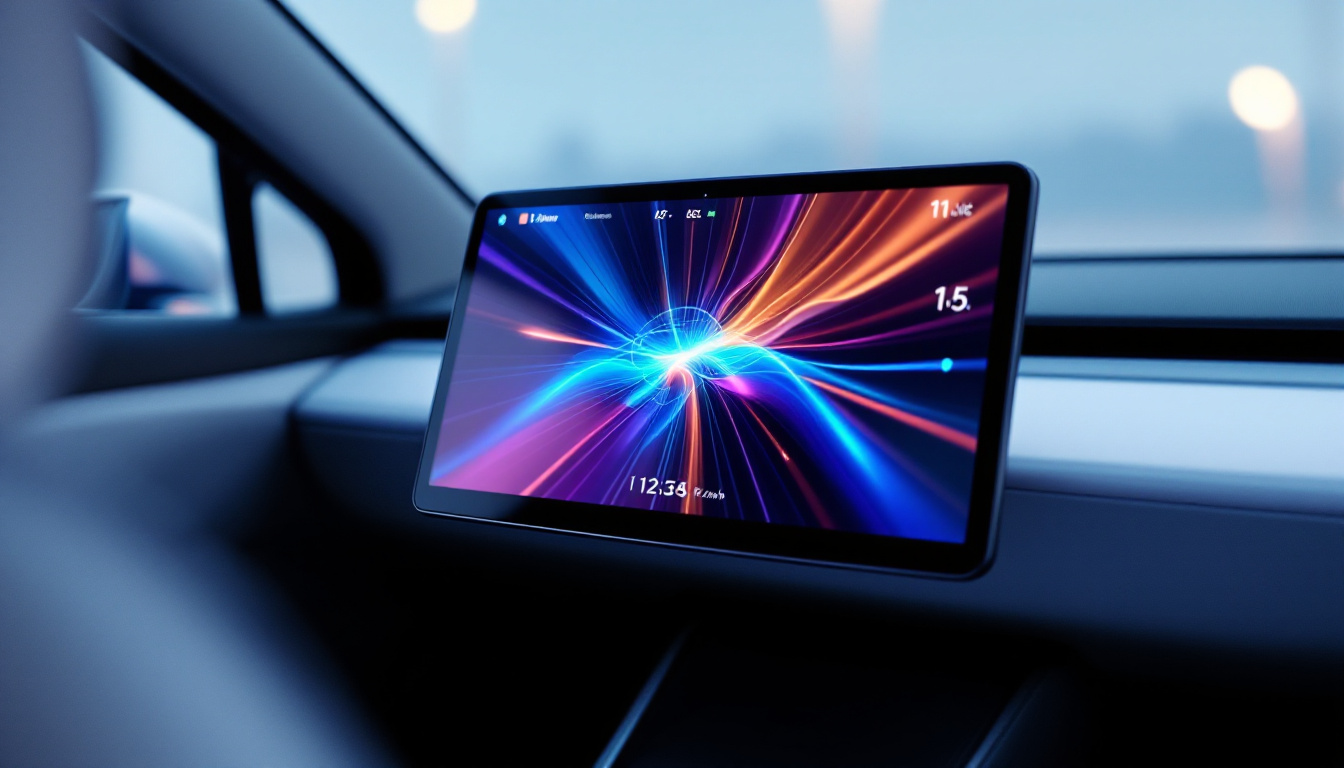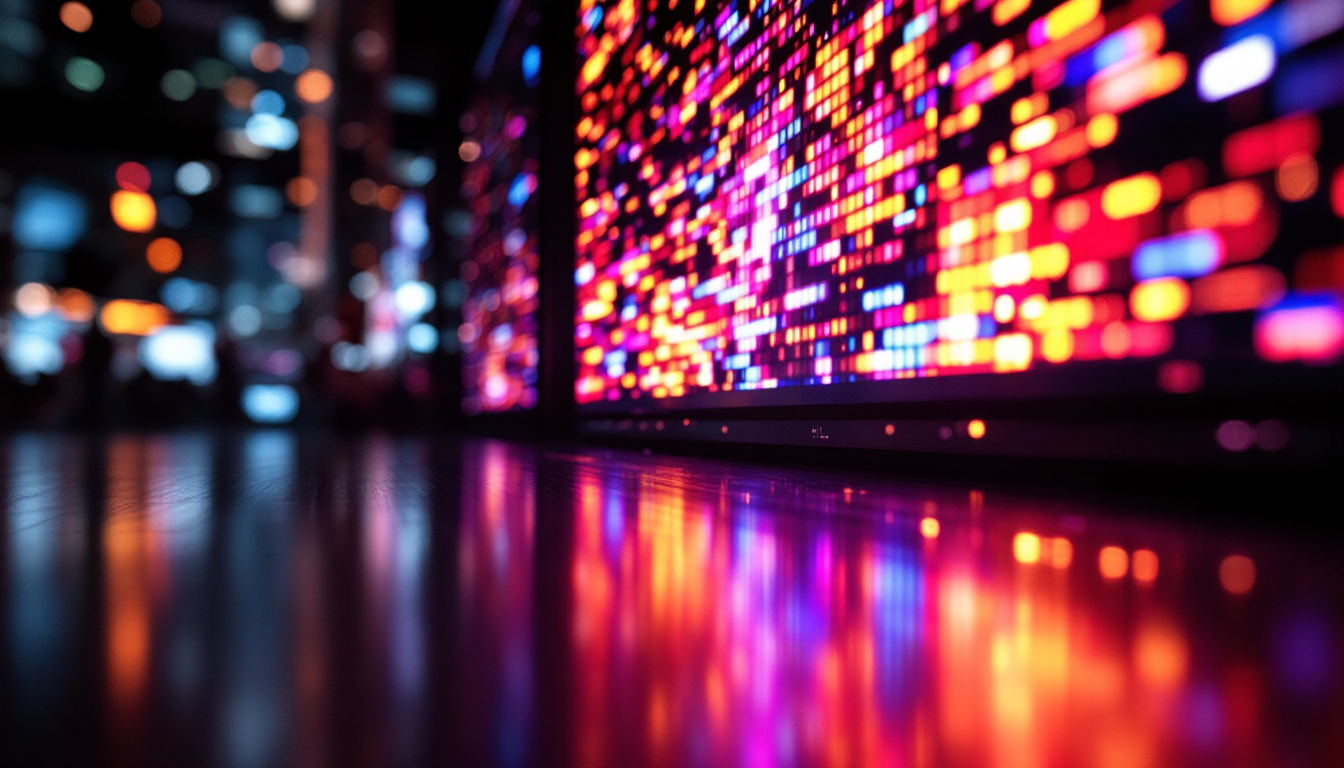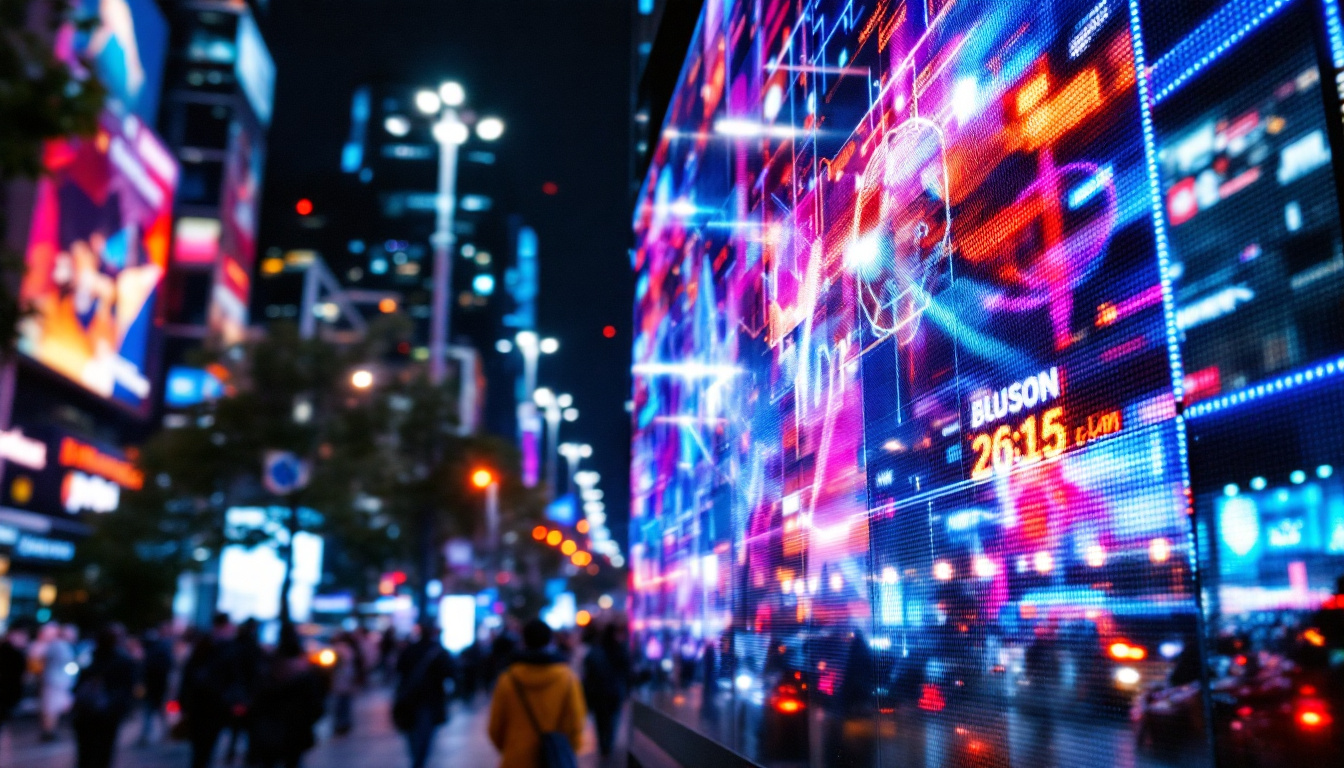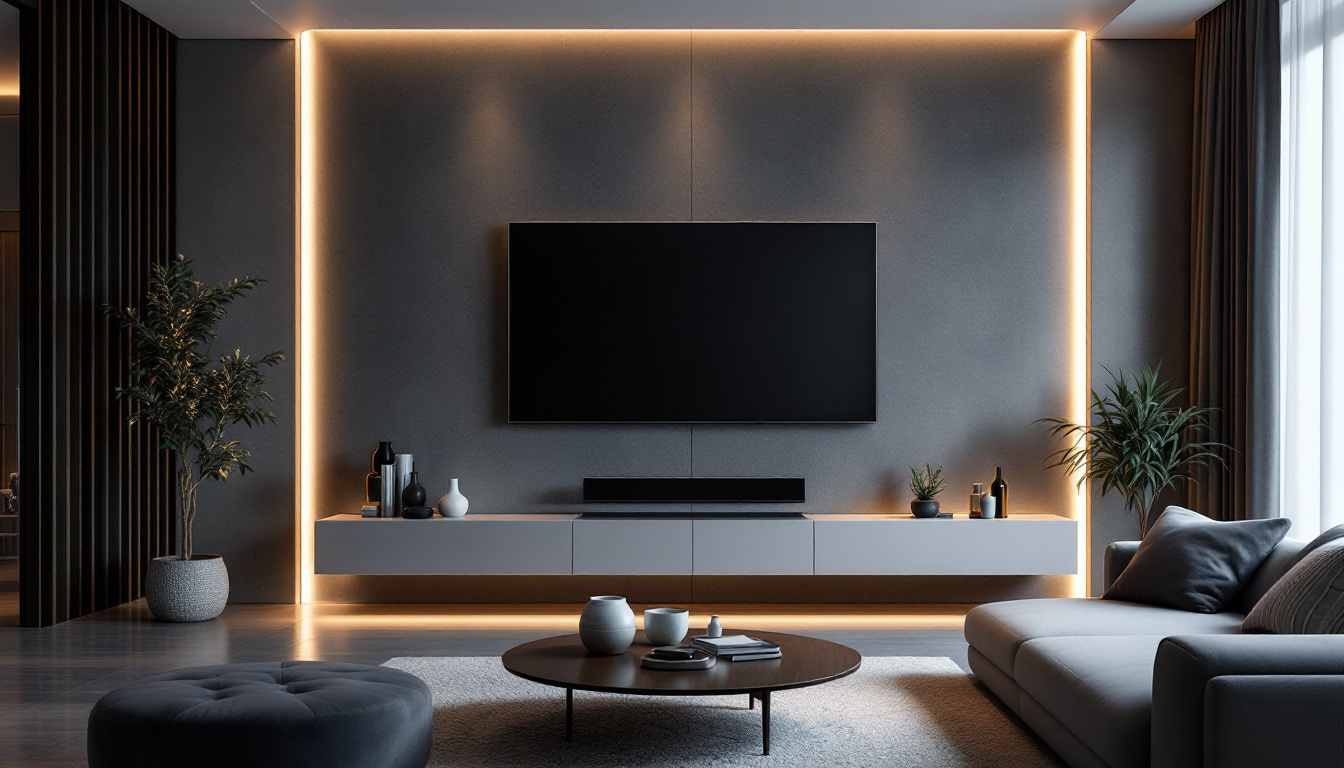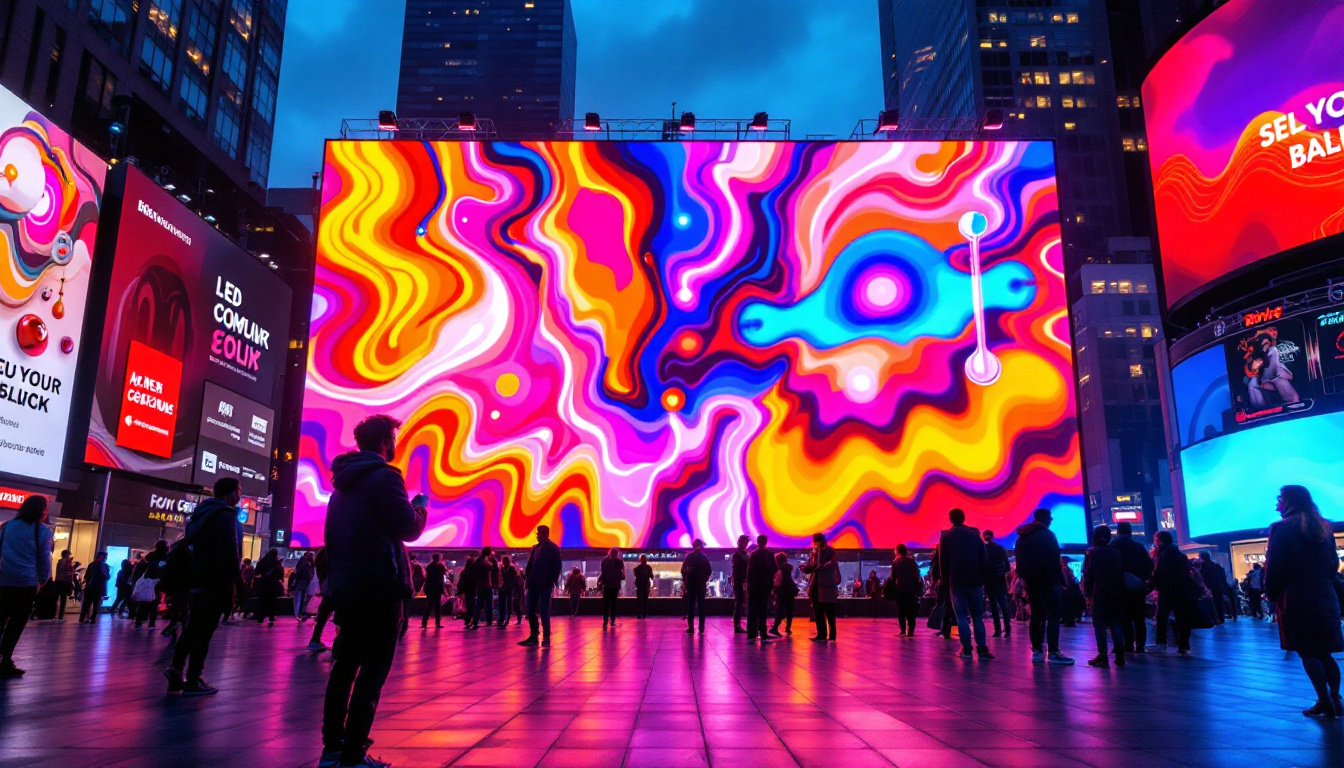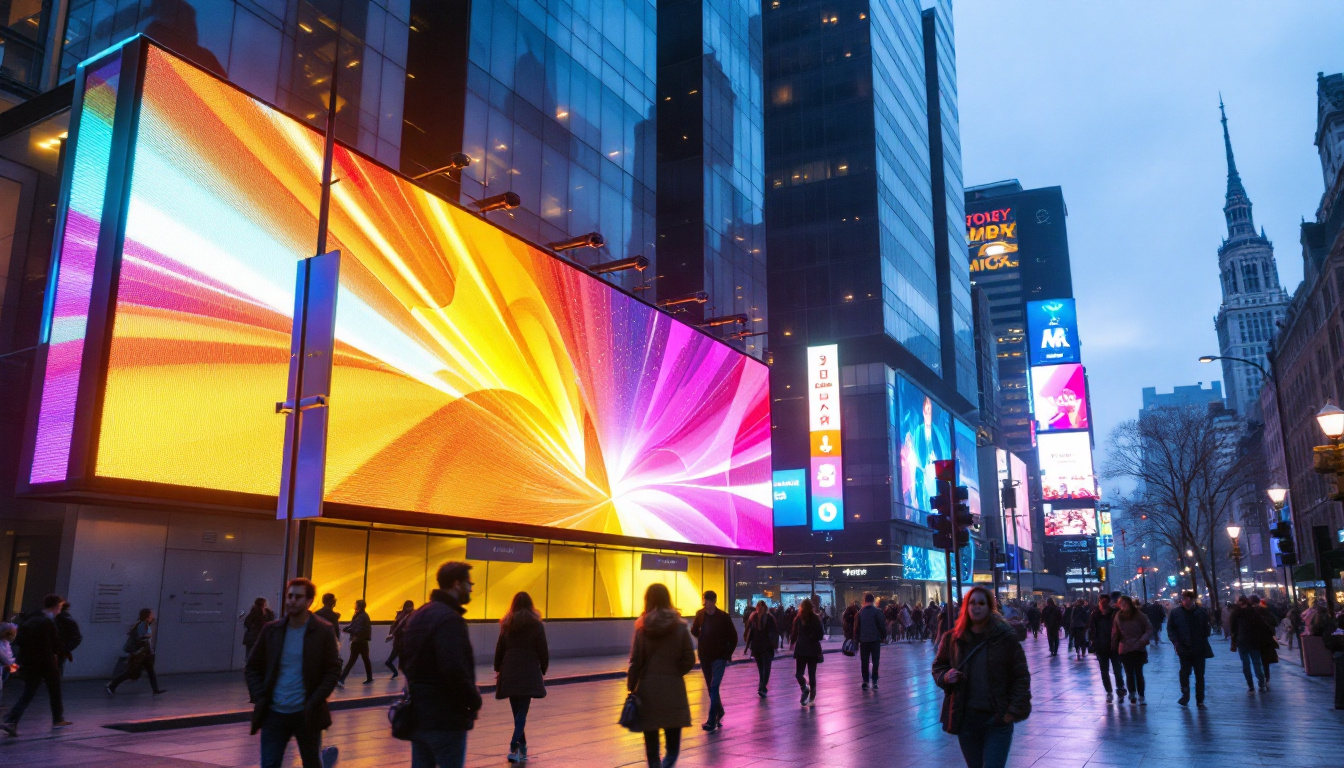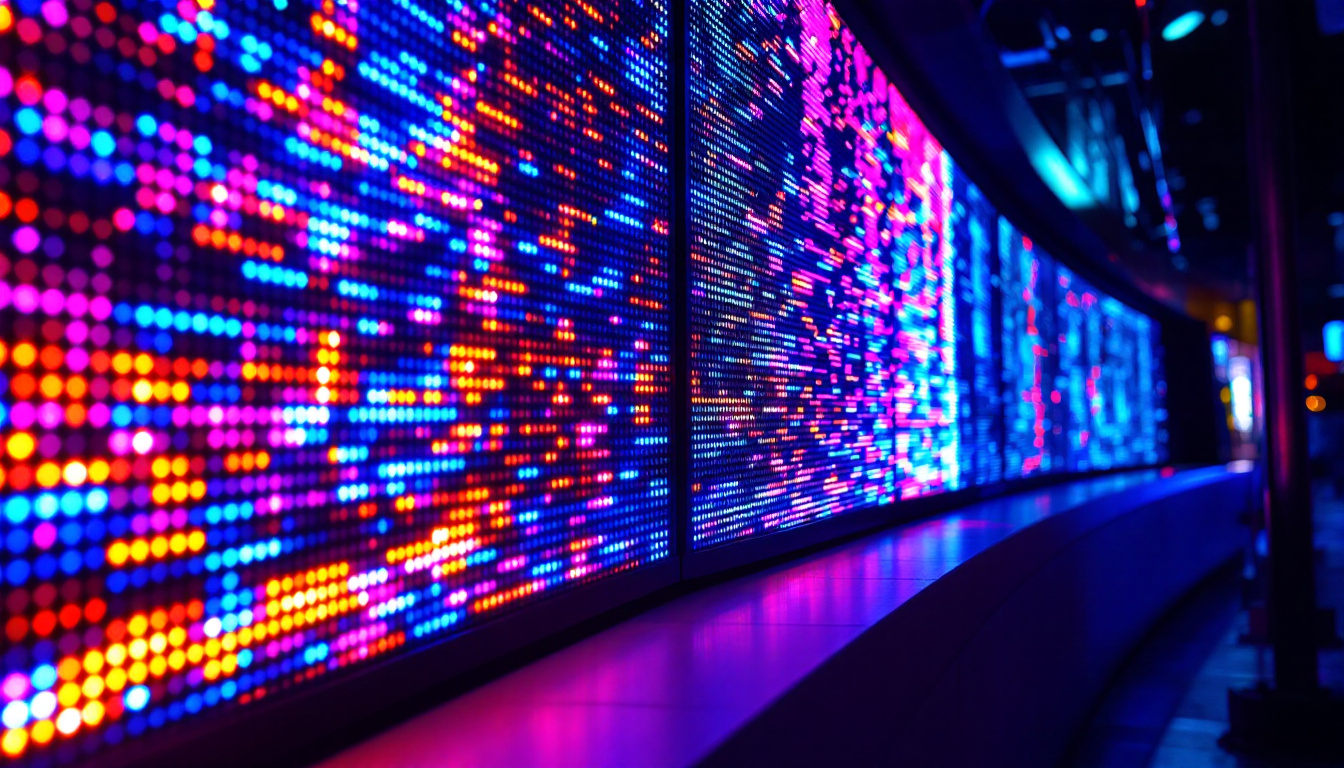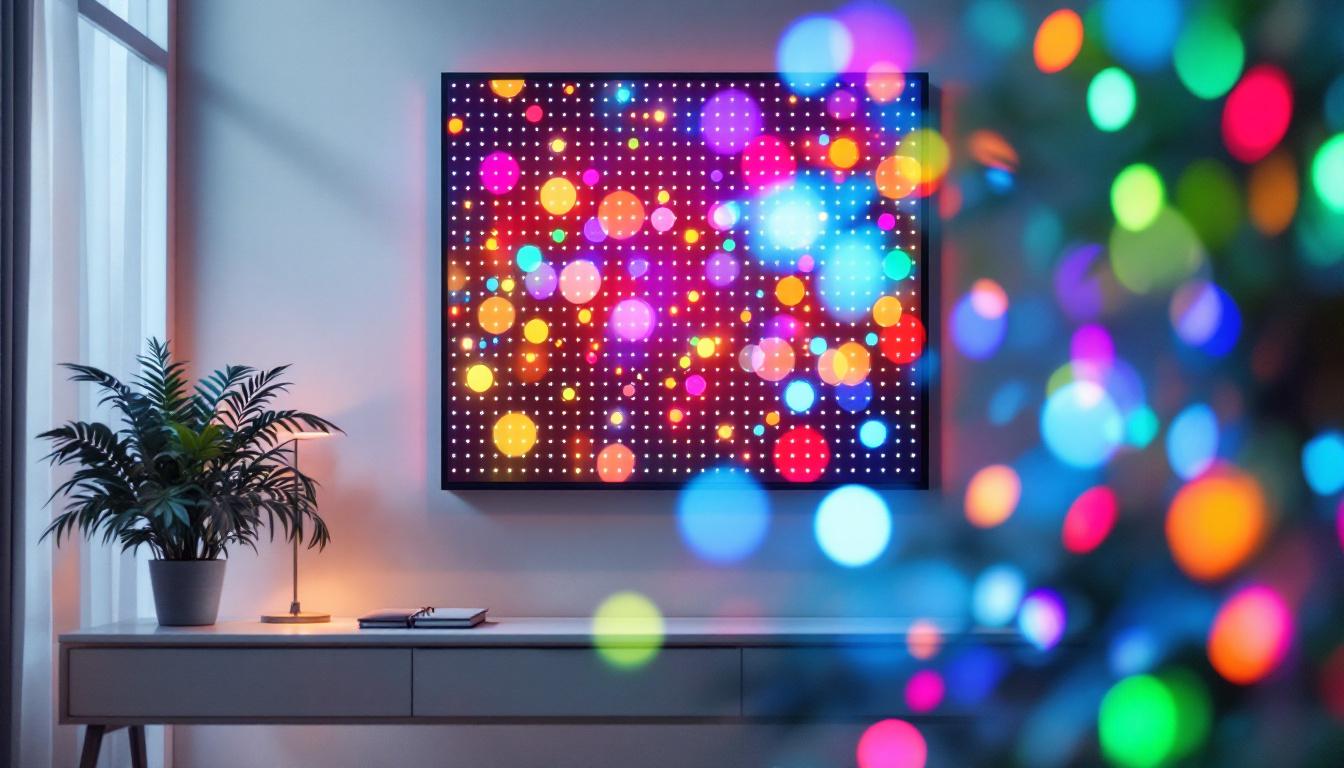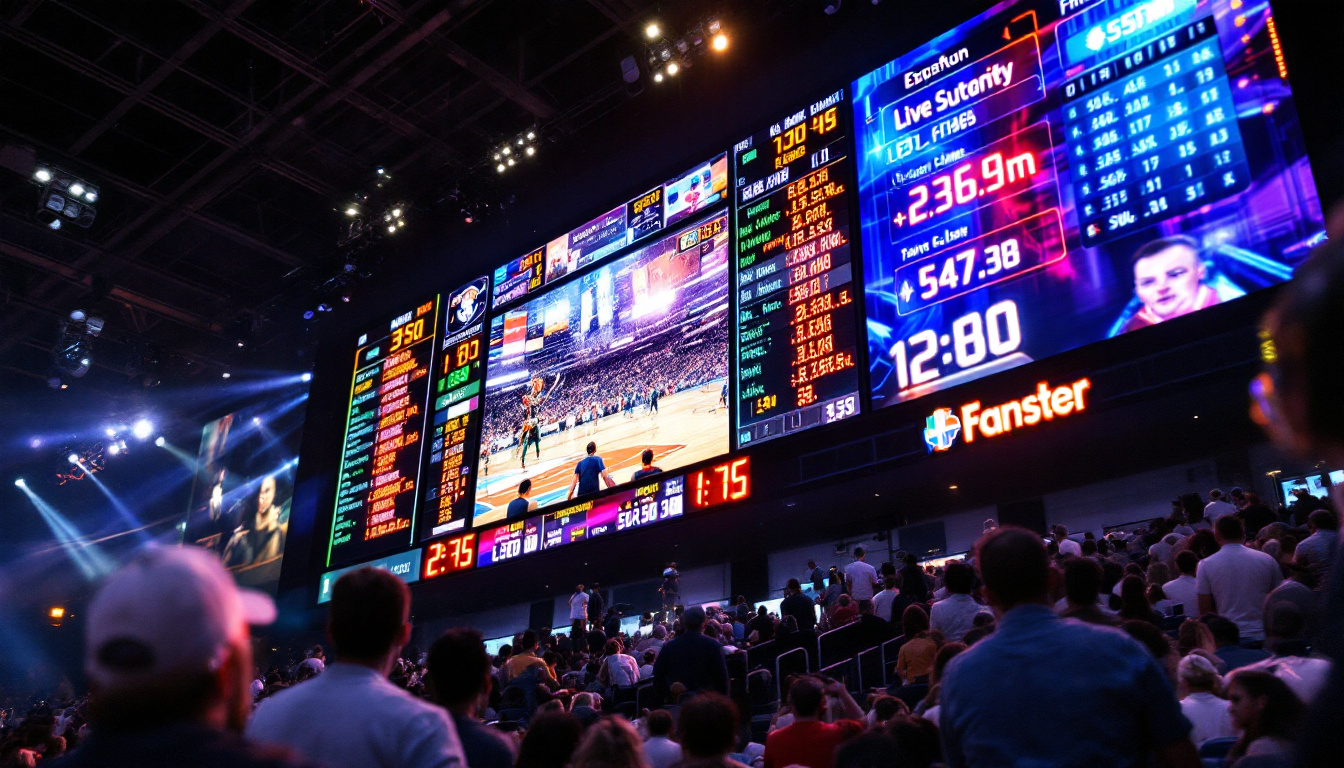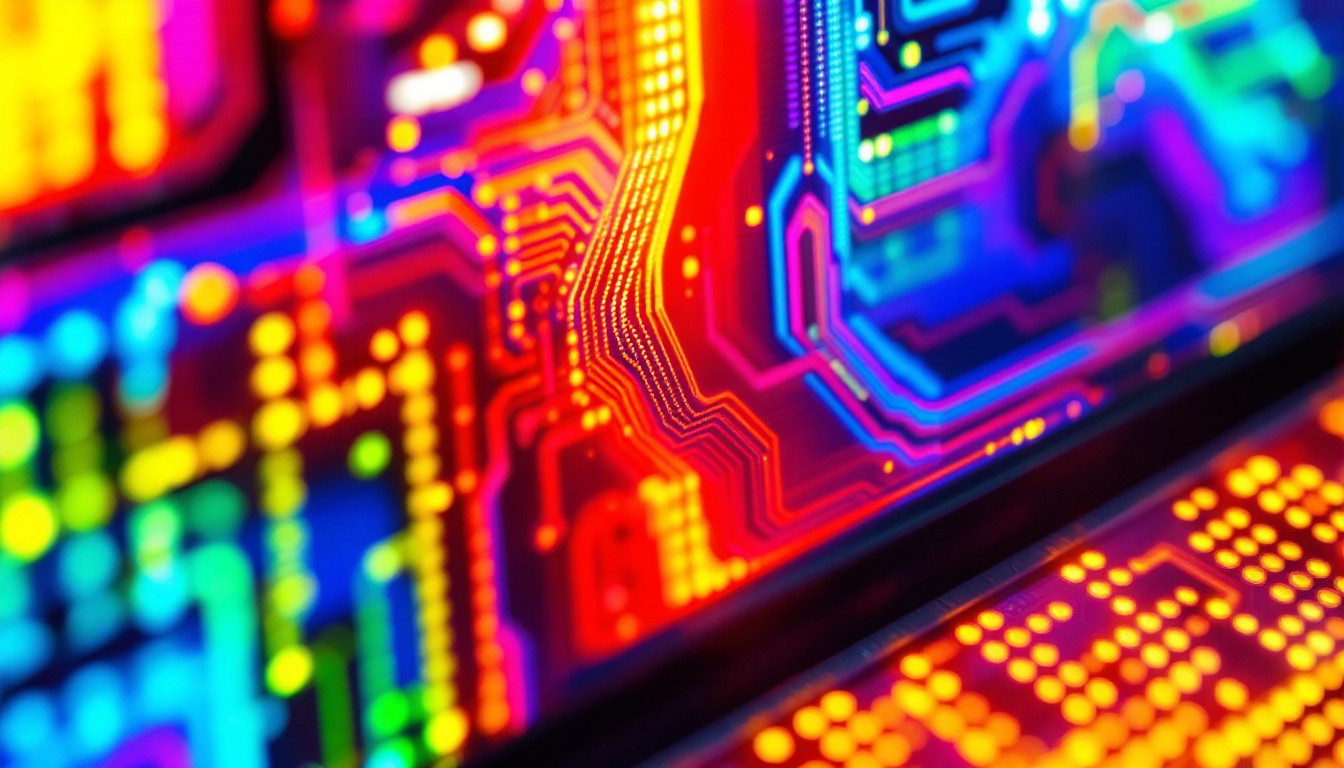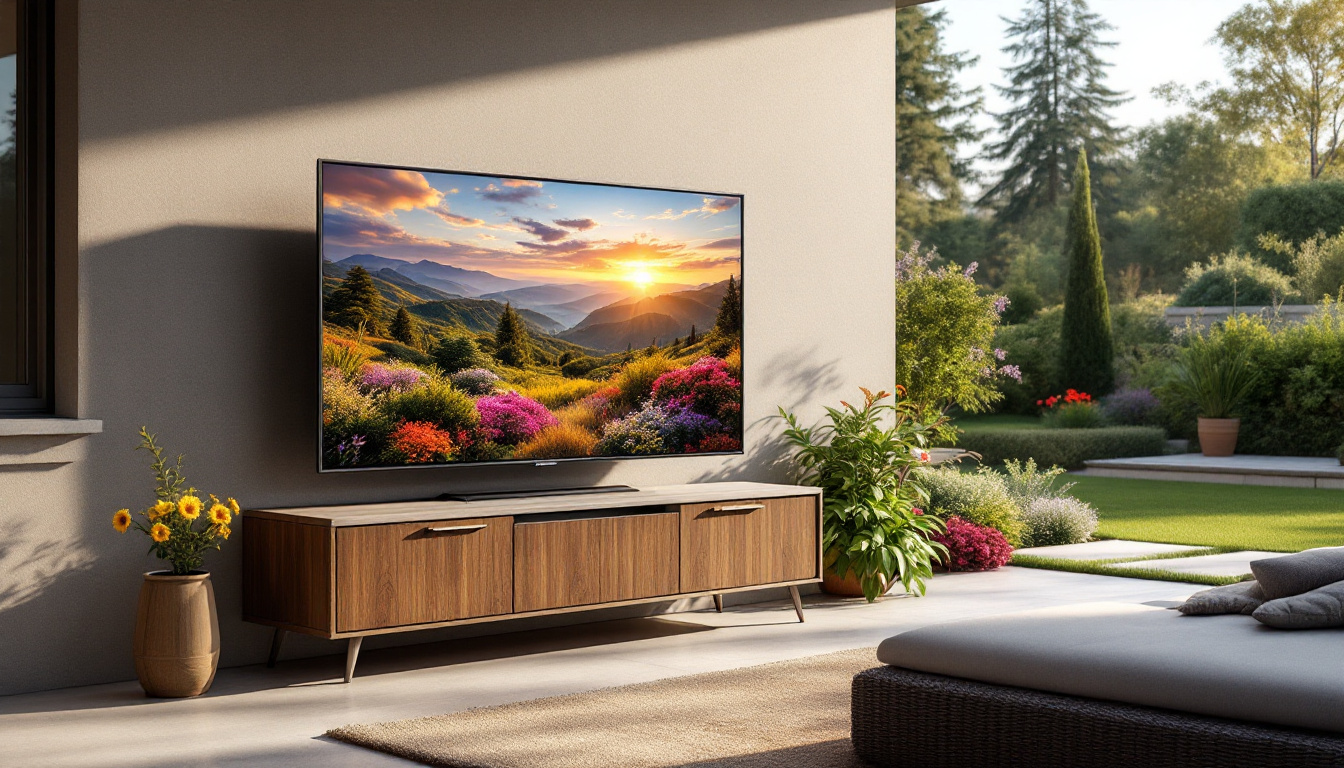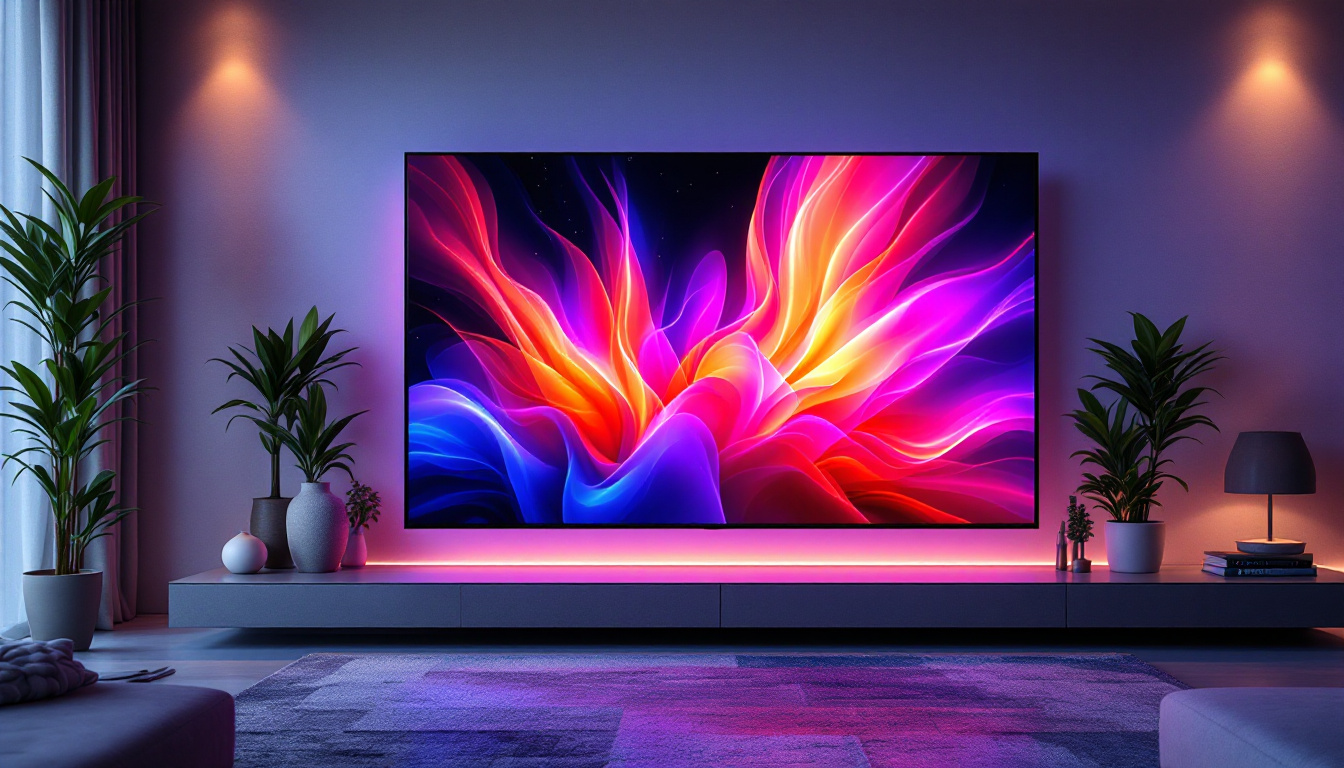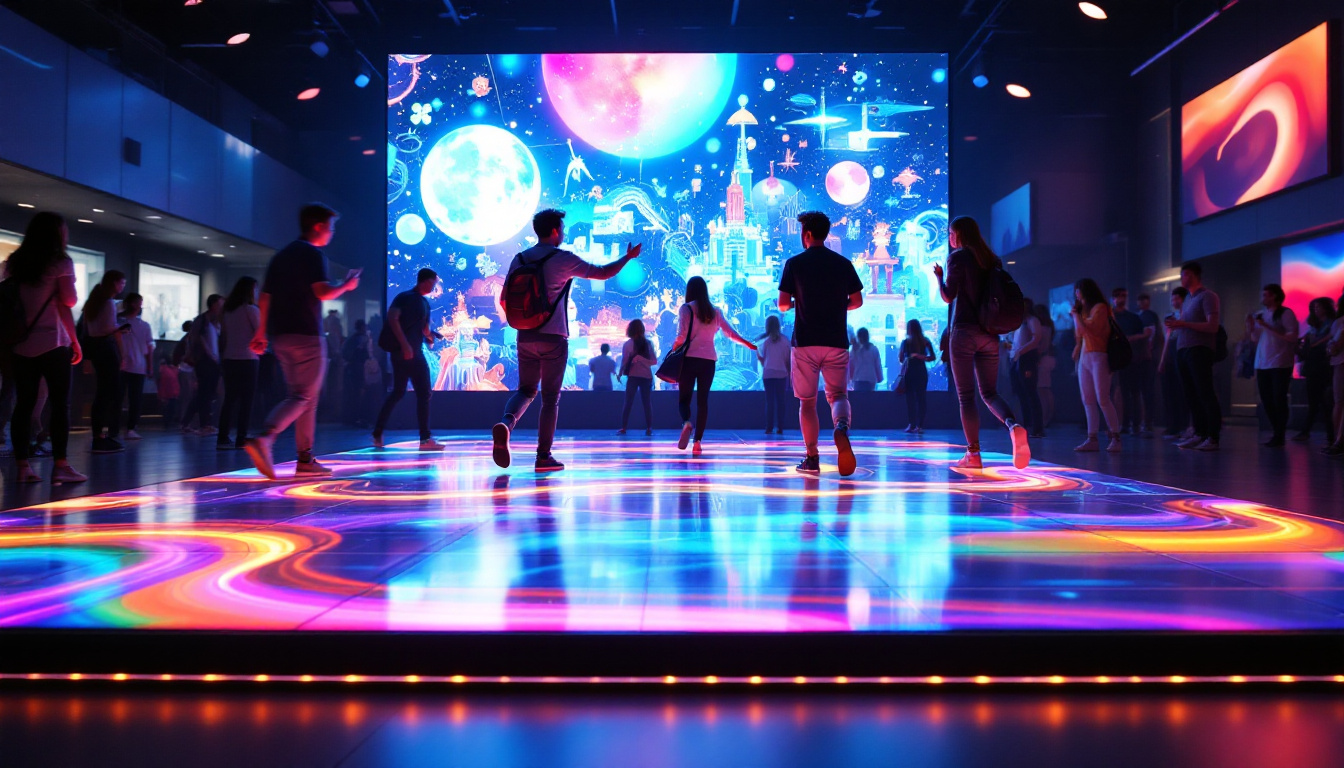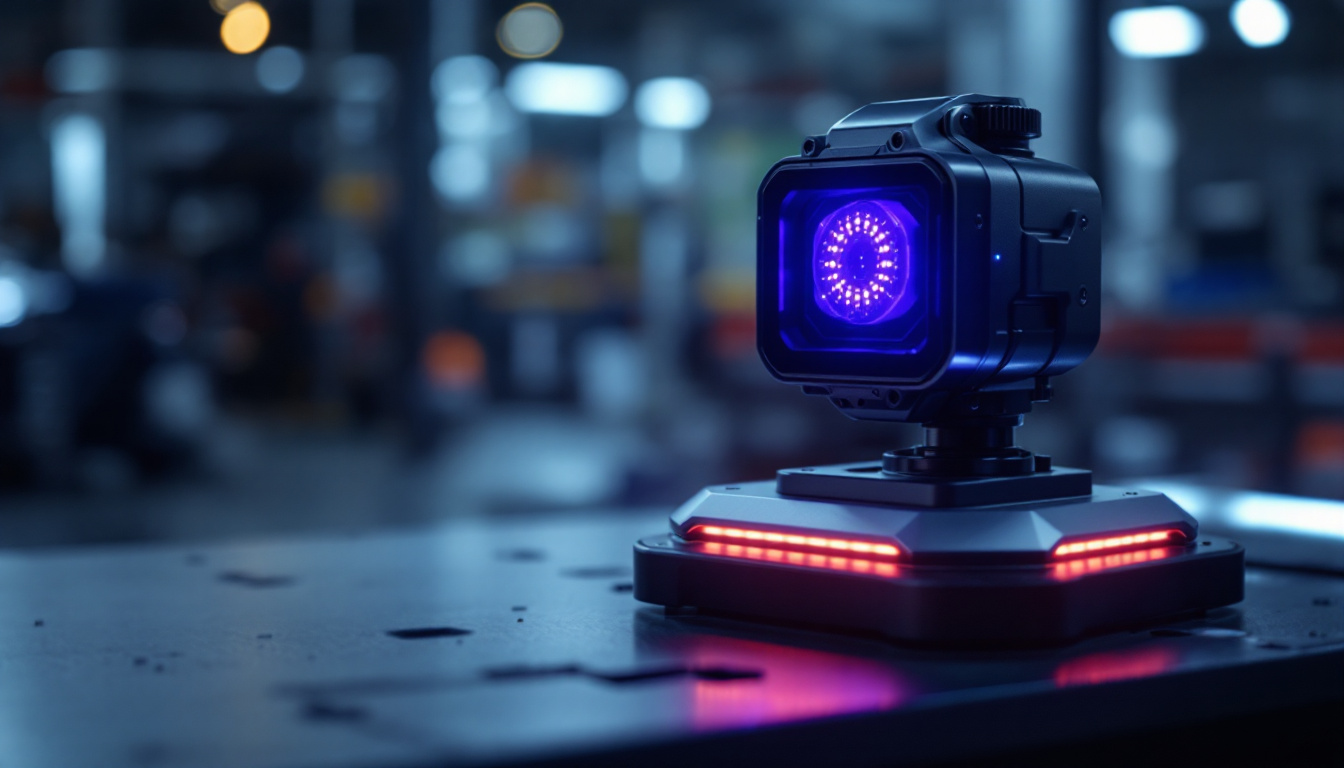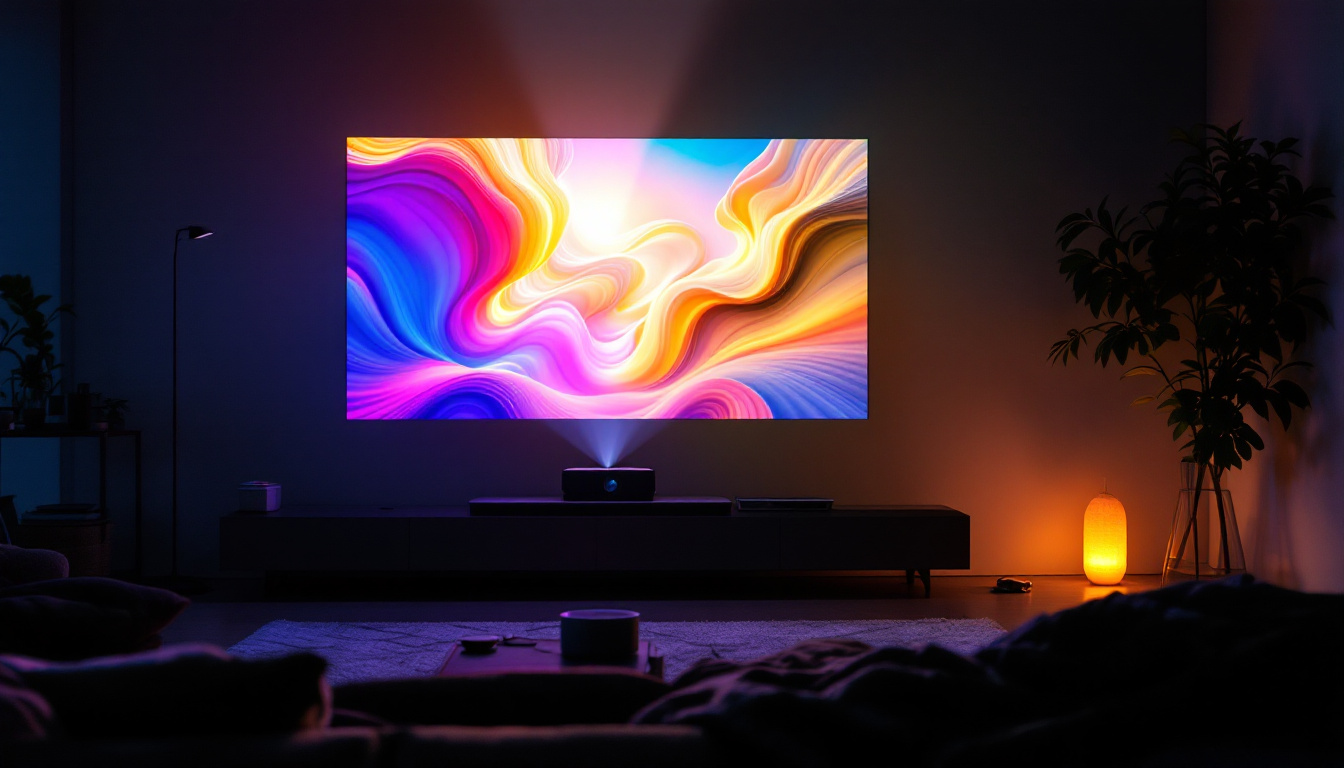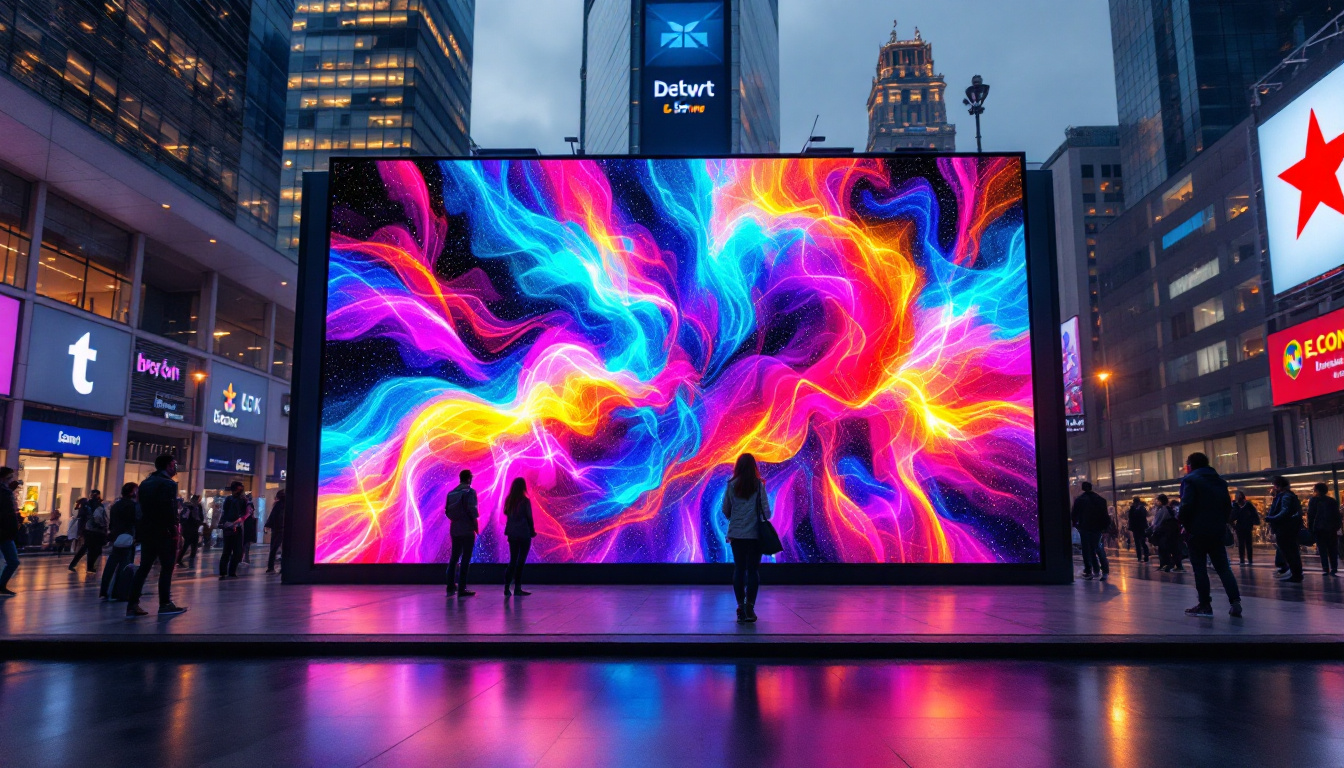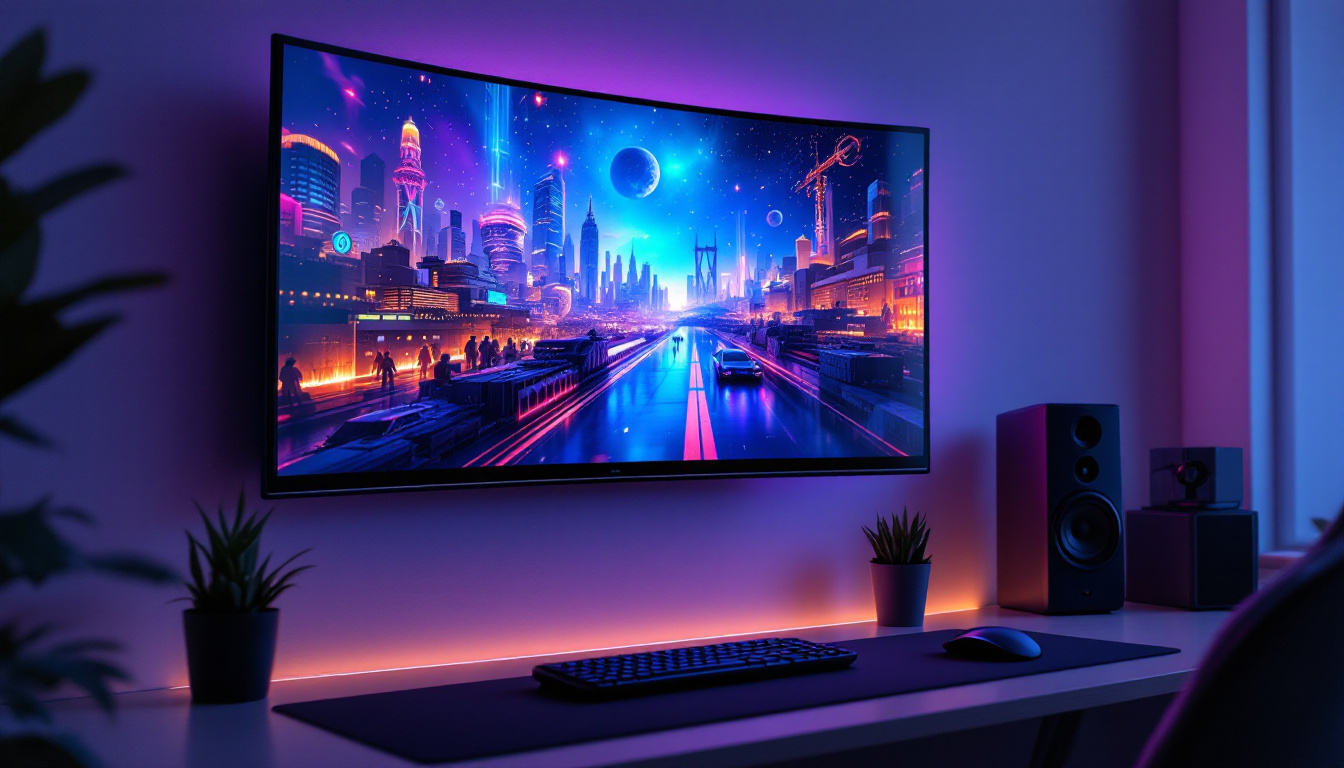In the realm of digital art, the pixel size of an LED display plays a crucial role in determining the quality and clarity of the artwork. As artists increasingly turn to digital mediums, understanding how pixel size affects visual output becomes essential. This article delves into the significance of pixel size for digital art, particularly in the context of LED displays, and provides insights into how to optimize artwork for various display types.
The Importance of Pixel Size in Digital Art
Pixel size is a fundamental aspect of digital art that influences how images are rendered and perceived. Each pixel serves as a building block, contributing to the overall composition and detail of an artwork. When creating or displaying digital art, artists must consider the pixel density and resolution of the medium to ensure their work is presented as intended.
Understanding Pixel Density
Pixel density refers to the number of pixels per inch (PPI) or pixels per centimeter (PPCM) on a display. Higher pixel density means more pixels are packed into a given area, resulting in sharper images and finer details. For artists, this is particularly important when creating intricate designs or illustrations that require precision.
When working on LED displays, the pixel density can vary significantly. A display with a higher PPI will allow for more detailed artwork, while a lower PPI may lead to pixelation and a loss of detail. Therefore, artists should aim to create their work at a resolution that matches or exceeds the pixel density of the intended display.
Moreover, understanding pixel density also involves recognizing how different devices interpret these pixels. For instance, a smartphone screen might have a higher pixel density than a standard computer monitor, meaning that artwork optimized for mobile viewing could appear less detailed on a larger screen. This discrepancy highlights the necessity for artists to adapt their techniques and file formats based on the target audience’s device.
Resolution and Its Impact
Resolution, often expressed in terms of width x height (e.g., 1920×1080), indicates the total number of pixels in an image. A higher resolution means more pixels are used to create the image, which typically results in better quality. For digital artists, selecting the right resolution is critical, especially when considering how the artwork will be displayed.
For instance, artwork intended for large LED displays should be created at a higher resolution to ensure it maintains clarity when scaled up. Conversely, smaller displays may not require as high a resolution, allowing artists to balance quality and file size effectively.
Additionally, the choice of resolution can also affect the editing process. Higher resolution images provide more flexibility for artists when it comes to cropping and resizing without losing detail. This is particularly beneficial in the iterative stages of creating digital art, where adjustments are often necessary. Artists can experiment with different compositions and elements without the fear of degrading the quality of their work, thus enabling a more creative and exploratory approach to their craft.
Choosing the Right Pixel Size for Different Displays
Different types of LED displays have unique specifications that influence the ideal pixel size for digital art. Understanding these differences can help artists tailor their work to suit various platforms, whether it be for digital billboards, televisions, or mobile devices.
Large Format Displays
Large format LED displays, often used for advertising or public art installations, typically have a lower pixel density compared to smaller screens. This is due to the viewing distance; viewers are usually farther away, which means that individual pixels are less discernible. For these displays, a pixel pitch of 10mm or more is common.
Artists creating work for large format displays should focus on bold colors and high-contrast images to ensure visibility from a distance. Additionally, using simpler designs can help maintain clarity, as intricate details may be lost when viewed from afar. The scale of these displays also presents an opportunity for artists to think outside the box; large murals or animations can create an immersive experience that captivates audiences. Utilizing motion graphics or dynamic content can further enhance viewer engagement, making the artwork not just a static image but a part of a larger narrative or theme.
Medium-Sized Displays
Medium-sized LED displays, such as those found in conference rooms or retail environments, typically have a pixel pitch ranging from 5mm to 10mm. These displays offer a balance between detail and visibility, allowing for more intricate designs while still being viewed from a reasonable distance.
For these types of displays, artists should consider using a resolution that aligns with the display’s pixel density. This ensures that the artwork retains its quality and does not appear pixelated. Additionally, incorporating elements that can be appreciated both up close and from a distance can enhance the overall viewing experience. Artists might explore layering techniques, where foreground elements are designed with fine detail while background components maintain a broader, more abstract style. This approach not only adds depth to the artwork but also encourages viewers to engage with the piece from multiple perspectives, making the medium more interactive and thought-provoking.
Small Displays and Mobile Devices
Small LED displays, including smartphones and tablets, usually feature high pixel densities, often exceeding 300 PPI. This allows for incredibly detailed artwork that can be appreciated at close range. For artists, this means that creating high-resolution images is essential to fully utilize the capabilities of these devices.
When designing for small displays, artists should focus on intricate details, fine lines, and subtle color gradients. The high resolution allows for a more nuanced representation of the artwork, making it visually appealing on smaller screens. Additionally, optimizing file sizes without sacrificing quality is crucial for ensuring quick loading times and smooth performance on mobile devices. Artists might also consider creating responsive designs that adapt to different screen sizes and orientations, enhancing the user experience. Incorporating touch interactions, such as pinch-to-zoom or swipe gestures, can further engage users, allowing them to explore the artwork in a more personal and interactive manner. This level of engagement transforms the viewing experience from passive observation to active participation, making the digital art more memorable and impactful.
Best Practices for Digital Art Creation
Creating digital art that translates well across various LED displays requires careful consideration and adherence to best practices. By following these guidelines, artists can enhance their work’s quality and ensure it meets the demands of different viewing platforms.
Use High-Resolution Assets
When starting a digital art project, it is advisable to use high-resolution assets. This includes images, textures, and brushes. High-resolution assets provide more flexibility during the creation process, allowing for scaling and adjustments without compromising quality.
Additionally, working in a higher resolution initially can prevent the need for extensive reworking later on, especially if the artwork is intended for larger displays. Once the artwork is complete, it can be resized for different formats as needed, ensuring optimal quality across various platforms. Artists might also consider utilizing vector graphics where possible, as these can be scaled infinitely without loss of quality, making them an excellent choice for designs that may be displayed in various sizes.
Optimize Color Profiles
Color profiles play a significant role in how digital art is displayed. Different LED displays may interpret colors differently, leading to variations in appearance. To maintain color consistency, artists should use standardized color profiles, such as sRGB or Adobe RGB, during the creation process.
Furthermore, testing the artwork on multiple devices can help identify any discrepancies in color representation. Adjustments can then be made to ensure that the final output matches the artist’s vision, regardless of the display used. It can also be beneficial to create a color reference guide or swatch palette that aligns with the intended display settings, allowing for easier adjustments and ensuring that the artwork remains vibrant and true to the artist’s original intent.
Consider Aspect Ratios
Aspect ratios determine the width-to-height relationship of an image and can significantly impact how artwork is displayed. Different LED displays may have varying aspect ratios, and artists should consider these when creating their work.
To ensure that artwork fits well on different screens, it is advisable to design with multiple aspect ratios in mind. Creating adaptable layouts can help the artwork maintain its integrity across various formats, from widescreen displays to square formats. Additionally, incorporating safe zones within the design can help ensure that important elements are not cut off when displayed on different devices, providing a more polished and professional appearance. This practice is particularly important for digital installations or exhibitions where the viewing distance may vary, allowing the audience to fully appreciate the details and nuances of the artwork regardless of their position relative to the screen.
Conclusion: The Future of Digital Art and LED Displays
As technology continues to evolve, the relationship between digital art and LED displays will only become more intertwined. Artists must stay informed about advancements in display technology, pixel sizes, and resolution standards to ensure their work remains relevant and impactful.
Understanding the importance of pixel size, resolution, and display characteristics is essential for any digital artist. By applying best practices and adapting to different display types, artists can create stunning works that resonate with audiences across various platforms. As the digital art landscape continues to expand, embracing these principles will empower artists to push the boundaries of creativity.
In summary, the pixel size for digital art is not merely a technical detail; it is a vital component that shapes the overall experience of the artwork. By mastering the nuances of pixel size and display characteristics, artists can unlock new possibilities and ensure their creations are seen in the best light possible.
Explore Cutting-Edge LED Displays with LumenMatrix
Ready to elevate your digital art and captivate audiences like never before? Discover the innovative world of LumenMatrix LED display solutions, where technology meets creativity. From stunning Indoor LED Walls to dynamic Outdoor LED Displays, and from sleek LED Posters to immersive LED Sports and Floor Displays, LumenMatrix offers a diverse range of products to bring your digital art to life. Embrace the future of visual communication with our Custom, All-in-One, and Transparent LED Displays, designed to make your message resonate with clarity and impact. Check out LumenMatrix LED Display Solutions today and transform your artistic vision into a breathtaking reality.

